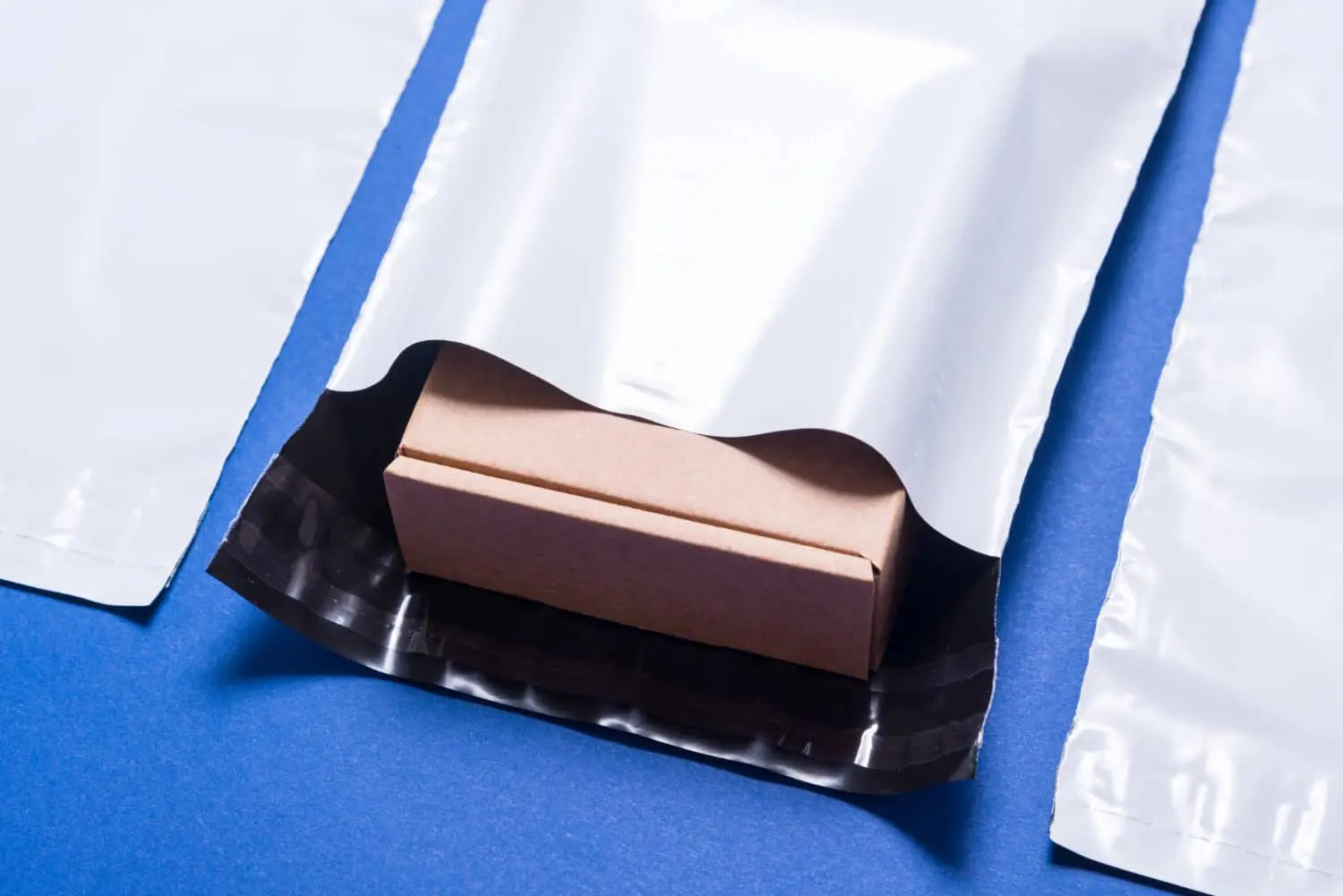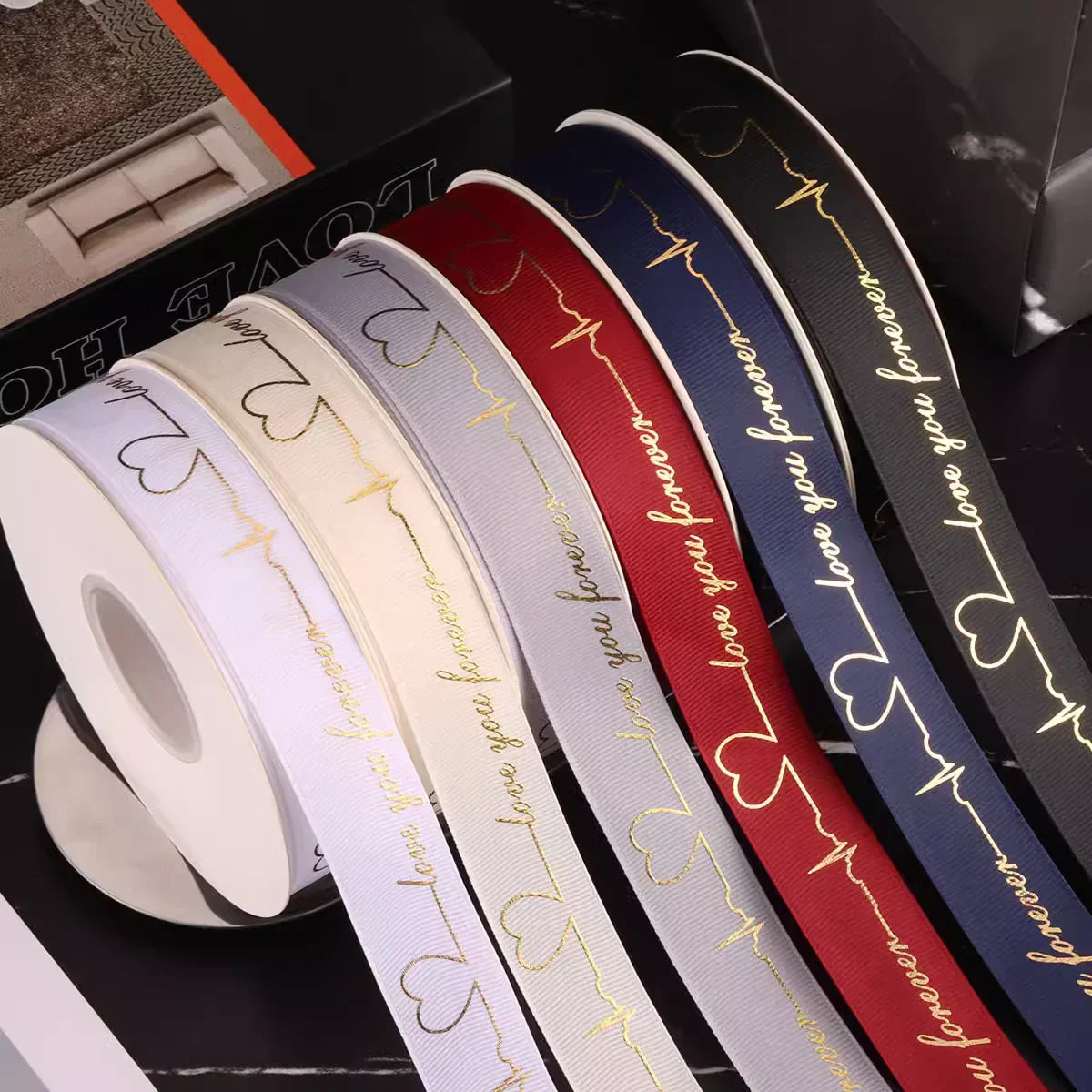When it comes to choosing the right packaging materials—whether poly mailers, poly tape, or plastic bags—understanding film thickness is crucial. But with different units like mils, microns, and gauges floating around, it can get confusing fast. This guide will help you decode these units, convert between them, and choose the right thickness for your packaging needs.
1. Why Thickness Matters in Packaging
- Durability – Thicker films offer more protection against tears and punctures.
- Flexibility – Thinner films are more pliable and wrap better.
- Cost & Weight – Heavier films increase shipping weight and material cost.
- Environmental impact – Thinner films generally reduce plastic usage and waste.
2. Common Units: Mil, Micron, and Gauge
| Unit | Description | Common in | Conversion |
|---|---|---|---|
| Mil | 1/1000 inch (0.001") | USA | 1 mil = 25.4 microns |
| Micron (μm) | 1/1000 millimeter | Europe/Asia | 1 micron = 0.0394 mil |
| Gauge | ~0.254 microns | Film industry (US) | 100 gauge ≈ 25.4 microns |
⚠️ Note: Gauge is not a standardized measurement. Always confirm with your supplier.
3. Quick Conversion Table
| Mil | Micron (μm) | Gauge |
|---|---|---|
| 0.5 | 12.7 | 50 |
| 0.75 | 19.1 | 75 |
| 1.0 | 25.4 | 100 |
| 1.5 | 38.1 | 150 |
| 2.0 | 50.8 | 200 |
| 2.5 | 63.5 | 250 |
| 3.0 | 76.2 | 300 |
| 3.5 | 88.9 | 350 |
| 4.0 | 101.6 | 400 |
| 5.0 | 127.0 | 500 |
| 6.0 | 152.4 | 600 |
4. Film Thickness Converter
Film Thickness Converter
Mil: –
Gauge: –
Common Packaging Thickness by Product
| Product Type | Typical Thickness | Unit |
|---|---|---|
| Poly Mailers (standard) | 2.0 - 2.5 | mil |
| Poly Mailers (heavy duty) | 3.0 - 3.5 | mil |
| Poly Tape | 2.0 - 2.5 | mil |
| Plastic Shopping Bags | 20 - 40 | micron |
| Zipper Bags | 50 - 90 | micron |
| Die Cut Handle Bags | 35 - 70 | micron |
| Vacuum Bags | 3.0 - 5.0 | mil |
| Shrink Film | 60 - 100 | gauge |
| PE Food Wrap | 10 - 15 | micron |
5. FAQs
Q: Is a higher mil always better?
A: Not necessarily. Higher mils mean stronger protection, but they can increase cost and stiffness. Choose based on what you're packaging.
Q: Why do some suppliers use gauge while others use micron or mil?
A: It depends on region and industry. Gauge is more common in North America, while micron is more global. Always check actual thickness.
Q: Can I recycle thicker plastic packaging?
A: It depends on the plastic type (PE, PP, etc.). Look for resin codes like LDPE #4 and follow local recycling guidelines.
Conclusion
Understanding film thickness is essential for selecting the right custom packaging. By learning the difference between mil, micron, and gauge—and how they affect performance—you can reduce waste, avoid damage, and improve your unboxing experience.
🛍️ Explore:


